Quick Tip Wednesday: How to Set Up a Gratitude Month
Welcome back to Quick Tip Wednesday!
6 min read
Julia Francis : Feb 25, 2022 11:30:00 AM

Any school district wanting to build or improve an online professional development program must first understand what teachers need to get the results they want. That means conducting a teacher needs assessment.
At Alludo, we believe in giving teachers a voice and a choice in what they learn and how they learn it. In other words, we understand why school districts should conduct a needs assessment. Here’s what you should know about the needs assessment, how it works, and our sample teacher training needs assessment.
Before we get into the details of what makes a good assessment, we should talk about the definition of a teacher needs assessment. The State Support Network defines a needs assessment like this:
Needs assessment is generally defined as a systematic examination of the gap that exists between the current state and desired state of an organization and the factors that can be attributed to this gap.
To expand on this a bit, here are five things that help to define a teacher needs assessment:
The online learning environments we design at Alludo are meant to address the specific needs of school districts and teachers by allowing them to close the gap between current conditions and their future goals. We believe that asking teachers what they need and giving them a voice in professional development is the best way to achieve goals at every level.
The goal of any teacher needs assessment is to improve schools. One of the ways that can happen is by improving PD to address the needs of teachers, fill gaps, and improve student outcomes. Here are some of the ways that your needs assessment can improve PD in your district.
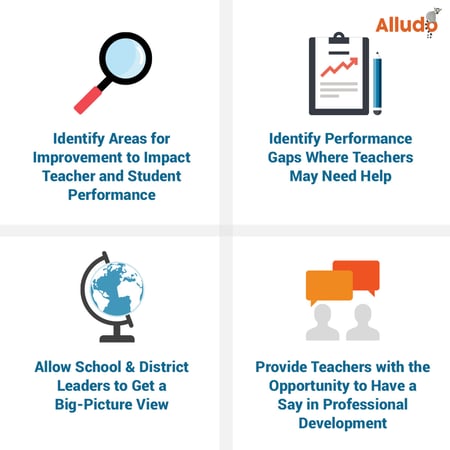
Arguably the most important goal of a teacher needs assessment is to identify areas for improvement that can have a positive impact on the district as a whole. Specifically, it should identify areas of improvement that would bolster teachers’ performance in the classroom and have a direct, positive impact on student outcomes as well.
When you do a teacher needs assessment, it should help you to identify performance gaps where your teachers may need help. For example, during the COVID-19 pandemic, many school districts provided technology training to help teachers connect with students engaged in distance learning. We have worked with school districts to help teachers with technology rollouts and other needs, to ensure they have the skills required to help their students.
Because school and district leaders aren’t in the classroom with students, it can sometimes be difficult for them to have a clear, big-picture view of the school district’s current status and where there may be needs that are as yet unmet. Conducting a thorough needs assessment is one of the best ways to gather information that can help to identify areas for improvement and design solutions.
At Alludo, we believe strongly that teachers should have a say in professional development, including input on what is most useful to them and how they learn best. A needs assessment provides teachers with the opportunity to weigh in and impact professional development in a meaningful way.
Before we review the questions that you should include in your needs assessment and give you our sample teacher training needs assessment, let’s review the four key elements of an effective needs assessment:
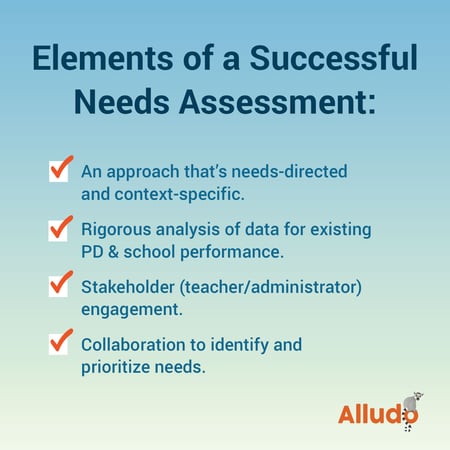
Including these four elements will ensure that you gather useful information to improve teacher training and meet your school and district goals.
At Alludo, we spend a lot of time talking to educators and administrators about what they need in professional learning. That includes many conversations about how to conduct a teacher needs assessment.
Before we reveal some of the questions that we’ve found to be useful, let’s explore how to structure a needs assessment. Ideally, you should gather information from a variety of sources. Many needs assessments have separate sections with questions for principals, classroom teachers, parents and community members, program coordinators and high-level administrators.
Each set of questions should be geared to the needs of the group. Because you will be using the information you gather to improve your district’s PD, you should give all respondents a set of criteria to rank their need for assistance. We suggest the following:
This type of ranked need evaluation is useful because it allows you to triage the needs that are most essential to your district’s teachers and students.
Since teachers are the ones who spend the most time with students, we want to focus on the questions to ask teachers in your needs assessment. Here are nine that we believe are essential:
Depending on the needs of your district, you may want to add additional questions. While we have included a couple of open-ended questions, for the most part you want to encourage teachers to be specific in their responses and to provide you with feedback based on how strongly they feel about their responses.
Alludo Learning specializes in creating online learning experiences that are individually tailored to the needs of school districts. While we can’t know what your district’s teachers need, here’s a mini teacher needs assessment to get you started:
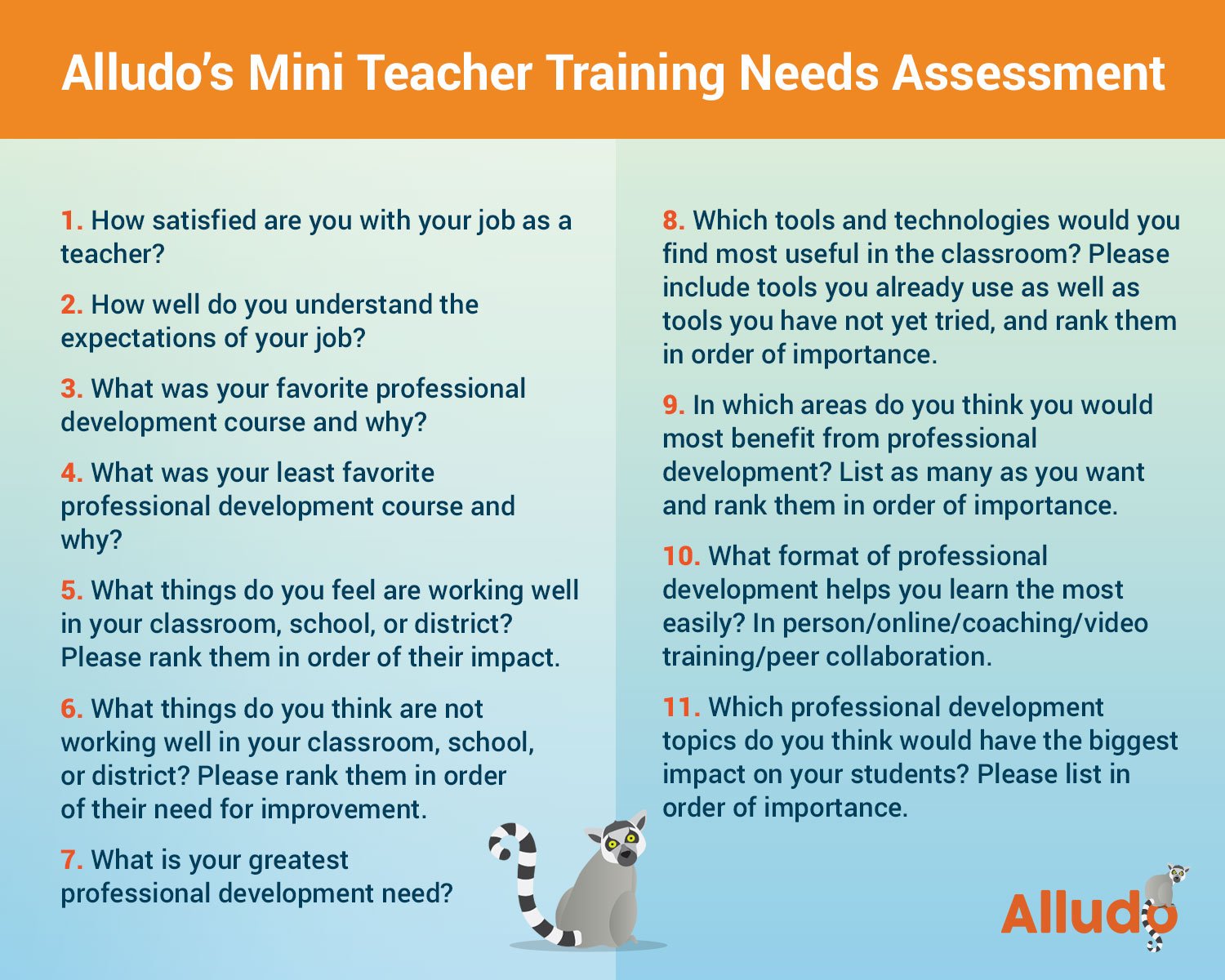
These questions can help you get a handle on what your district’s teachers want and need from professional development. Once you've conducted your needs assessment, you can start choosing relevant topics from the Alludo content catalog – which includes learner voice and choice as a topic itself.
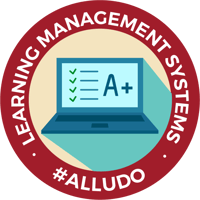 |
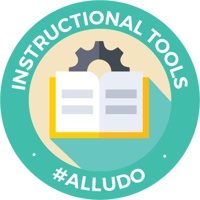 |
 |
Before you revamp and improve your district’s professional development, it’s essential to assess the needs of your district’s teachers. Using our mini needs assessment is a good place to start.
Want to reach up to 100% PD in your district? See how Alludo can help make it happen with our free professional development platform trial, including:
.png)
Welcome back to Quick Tip Wednesday!

Mid-Year Reflection: Your Secret to a Stronger Second Semester
A great way to get your learners engaged in your Alludo program is by keeping the content in your program up-to-date and relevant. Rebecca has...